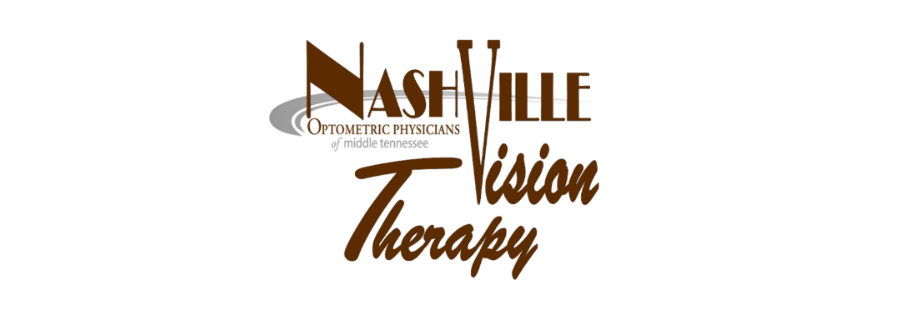Today we are going to discuss Figure-Ground. This skill helps us learn to visually isolate one object from a group of objects. For example, has your child asked, "Mom, I can't find my shoes?!" Of course, those shoes are right under your child's nose. Besides inattention, it could be the result of your child having difficulty distinguishing the “figure” (shoes) from the background (the other shoes in the closet), the “background.” Note where this skill gets its name. Makes sense, right?
Let's break this down. First, perception is what goes on in our internal mental world: how we organize and give meaning to raw data which we receive from the outside world through our senses.
There are two types of Figure Ground perceptions (just like Sequential Memory):
· Auditory figure-ground perception: is the ability to hear the voice of one speaker over the background noises (music, other conversations, road noises).
· Visual figure-ground perception: is an inborn tendency which allows us to distinguish objects from a background.
Can you image how it might affect your child if he has a figure-ground weakness? Some examples of a child having figure-ground weakness may find difficulties in:
· Keeping their place when reading and scanning from one word to the next.
· Finding a word in a dictionary.
· Copying from a book or board, because they are prone to losing their place or omitting sections of work.
· Understanding pictures because they struggle to differentiate the outlines from the background.
· Paying attention because it is hard to focus on one object while ignoring or blocking out the background.
Practical ideas to improve figure-ground perception:
· When reading, use a book marker below the sentence that is being read.
· Play “I spy” games.
· Carry out specific instructions that involve looking for and fetching specific things (find the red pencil in the box; look for a picture of a flower on this page; design a treasure hunt).
· Sort objects according to shape, size, color, thickness, etc.
· Identify objects in pictures with a lot of detail
· Use tracing paper to trace patterns or complete mazes, do dot-to-dot or spot-the-difference pictures.
· Write a sentence without spacing between the words. Help the child to find the words by placing the spaces correctly.
· Word searches
· Find words in a dictionary.
Next week, is our last perceptual skill: Visual Closure. Have a great weekend! If you are just joining us here is the link to the beginning of our take on Perceptual Skills, Part I.


No comments:
Post a Comment